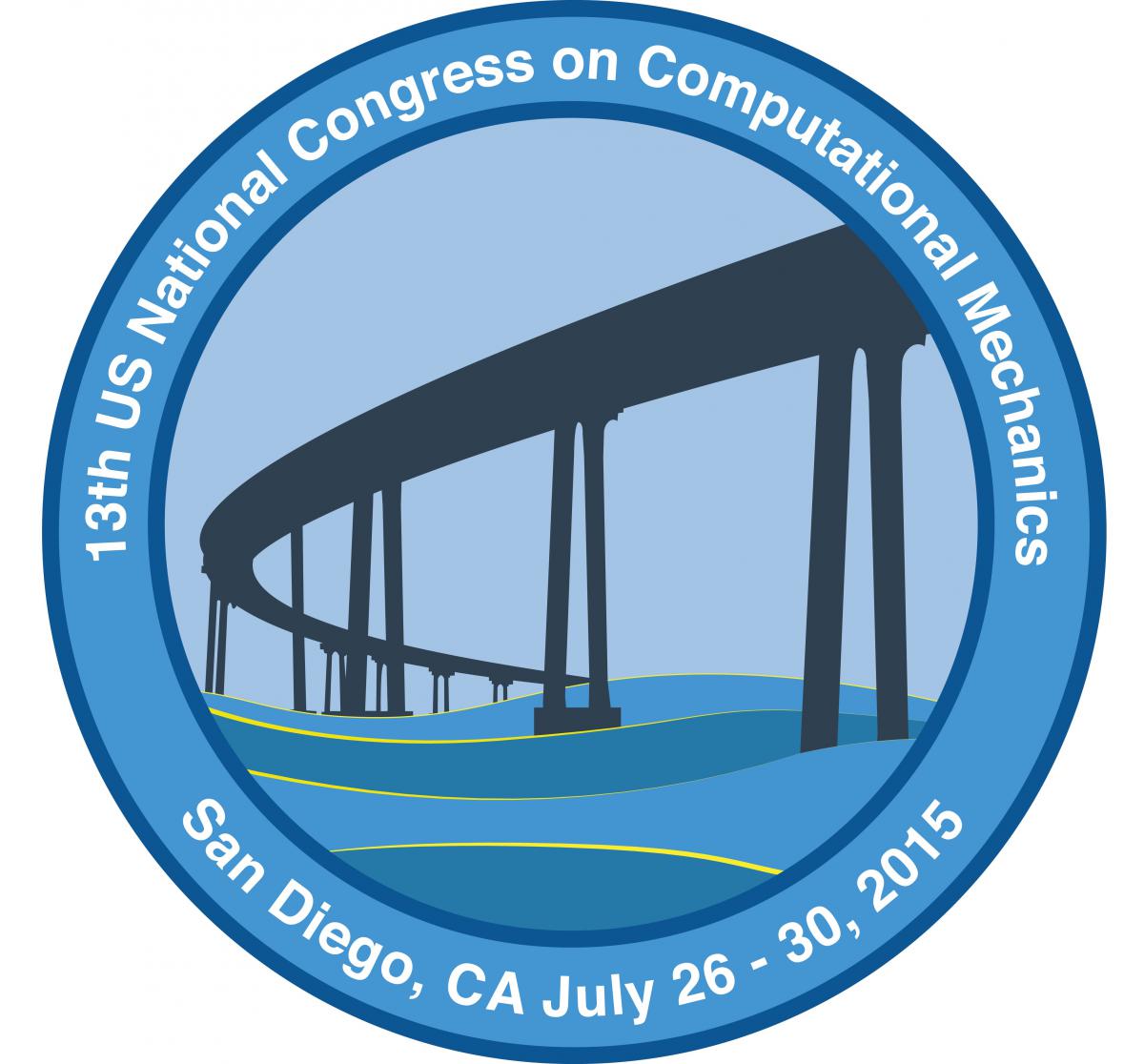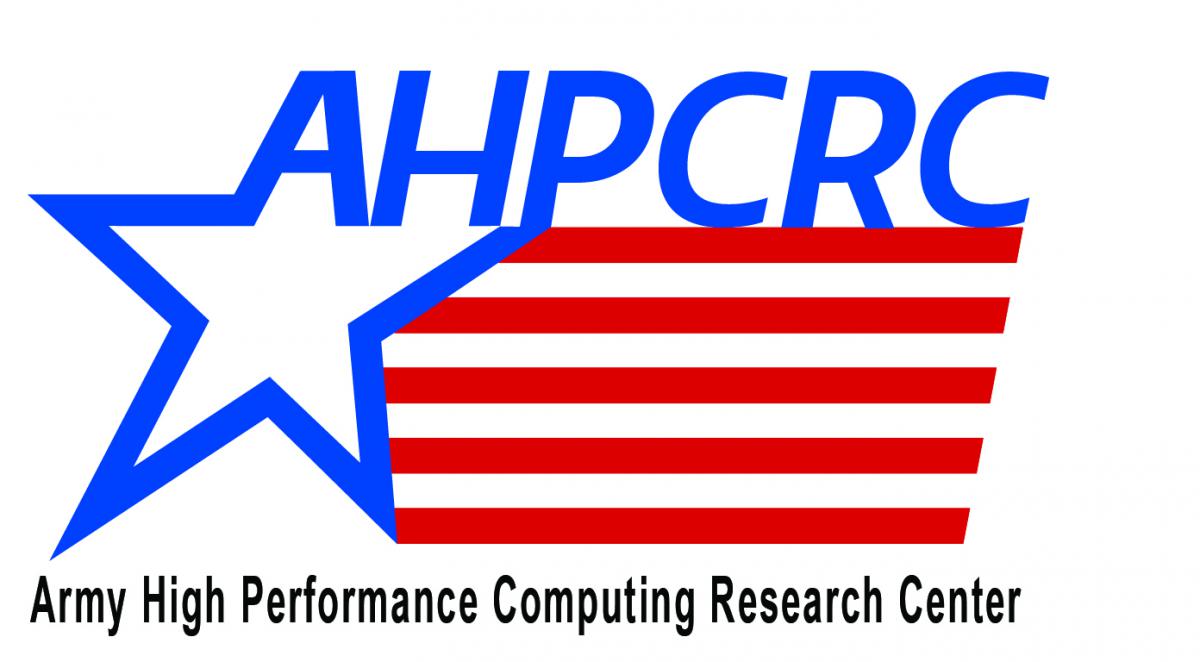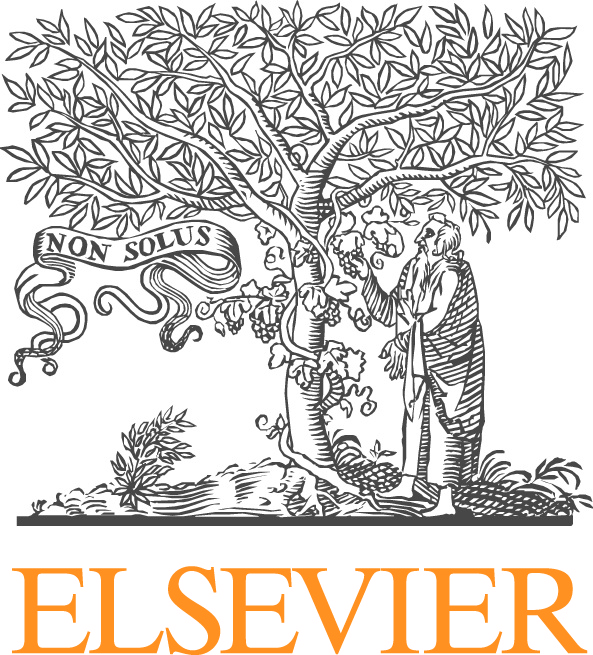Predictive Modeling of the Co-Evolution of Microstructure and Properties: 2nd Minisymposium
Pritam Chakraborty, Idaho National Laboratory
Michael Tonks, Idaho National Laboratory
David Field, Washington State University
Yunzhi Wang, Ohio State University
The microstructure of materials (dislocations, twins, inclusions and second phases, grain boundaries, interfaces, etc.) evolves under their service environment (temperature, stress state, chemical, irradiation, etc.) leading to changes in the mechanical and physical properties. However, due to computational limitations, models that predict this co-evolution have been limited. The goal of this symposium is to highlight recent advances in modeling and simulation that provide such concurrent co-evolution of microstructure and mechanical and physical properties. In addition, we seek experimental studies that provide guidance and validation for such algorithms.
Specifically, we invite researchers to present their work that couple microstructure evolution models (phase field, Monte Carlo Potts, Discrete Dislocation Dynamics, Molecular Dynamics, etc.) with models that evolve mechanical and physical properties (internal state variable theories, continuum plasticity, gradient plasticity, crystal plasticity, damage mechanics, etc.). Papers will be accepted that focus on the physics and the predicted behavior as well as the numerical methods used to couple the models. Interaction between experiments and models will also be of great interest, including the construction of realistic initial microstructures for such simulations.
Topics:
- Microstructure reconstruction
- Microstructure Evolution:
Phase field, Monte Carlo, Potts, Molecular Dynamics, Discrete Dislocation Dynamics
- Thermo-physical and Mechanical Property Evaluation:
Phase field, Monte Carlo, Molecular Dynamics, Discrete Dislocation Dynamics Internal state variable theories, Continuum plasticity, Gradient plasticity, Crystal plasticity, Damage mechanics, Smooth Particle Hydrodynamics, Discrete Element Methods
- Multi-time and spatial scale methods, first and higher order homogenization
- Concurrent multi-scale methods





